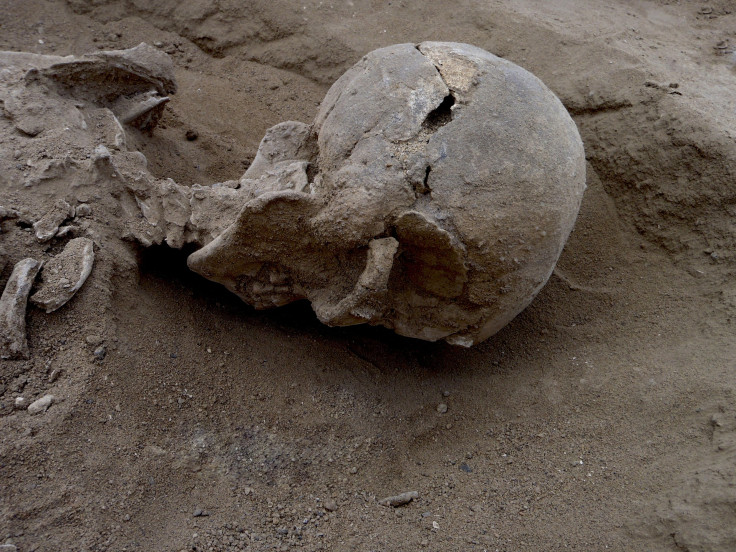Aggression in our bones: Kenya unearths evidence of extreme violence in prehistoric hunter-gatherers

Violence and aggression have been a part of humans since time immemorial. A scientific expedition at Nataruk near Lake Turkana in Kenya has unearthed 10,000-year-old skeletal remains and suggests something horrific. The fossilised bones were of a group of 27 hunter-gatherers who were subject to extreme torture and violence before they were slaughtered.
Out of the victims, one was a heavily pregnant woman. She, along with three others, was bound by hands and feet and later hacked to death. Some of the remains still have blades and arrows buried deep in their skulls.
The uncovering of these human remains is likely the earliest evidence of human warfare. The expedition, led by the University of Cambridge and included an Australian researcher, has proved to the otherwise existing belief that prehistoric hunter-gatherers were peaceful and never resorted to violence or cruelty until agricultural revolution. Before this expedition, the earliest war grave was in Darmstadt, Germany, that dates back to around 5000BC.
“I’ve no doubt it is in our biology to be aggressive and lethal, just as it is to be deeply caring and loving. A lot of what we understand about human evolutionary biology suggests these are two sides of the same coin,” said Professor Robert Foley, study author from Cambridge’s Leverhulme Centre for Human Evolutionary Studies.
Australian Professor Rainer Grun from Griffith University believes that the discovery, published in Nature, has broadened experts’ knowledge of human behaviour and that the findings are one of the earliest indications of mankind’s propensity for group violence.
The massacre happened during the start of the Holocene: the geological epoch that followed the last Ice Age. The 27 skeletons unearthed include at least eight women and six children. Twelve of the remains were more or less found in whole and all suggested insanely violent deaths – smashed cheekbones and skulls, broken ribs, knees and hands, arrow wounds on necks, arrow-heads in skulls and chests. None of the skeletons were buried and most of them fell face-down suggesting they were hit with weapons such as clubs.
According to Telegraph.co.uk, remains of a six to nine-month-old foetus were also found inside the abdomen of one of the women. This suggests that inter-group warfare in Nataruk, for the possession of resources, did not even spare women and children.




















